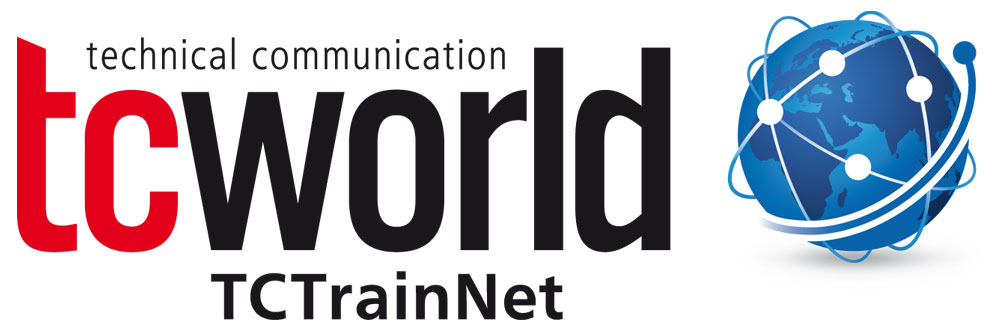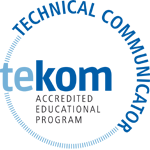The following methods are suitable for filling an empty sheet, and they can also be used one after the other or in loops:
Brainstorming: The wild collection of keywords on the subject is one of the most rudimentary methods of finding a beginning. The terms collected on a sheet of paper can be easily sorted later if each keyword is written on its own flash card. Brainstorming can also be performed according to the A to Z method. Each letter of the alphabet is assigned a term on the subject. The A to Z method is more difficult to use, but it makes it possible to make the text interesting later, with a variety of words.
W-questions: Answering the W-questions known from journalism and other fields – what, who, where, when, how, etc. – leads to a chain of answers. The usual questions can be tailored to a field of activity, such as what, how, with what, why, and where. For the technical editing department, this means that you can quickly find clues to a structured collection of material. In addition, the W questions are suitable for structuring keywords that have been compiled, for example, using the brainstorming method.
Relaxation techniques: Even if the simplest techniques don’t get the ball rolling, a "creative" break often helps, e.g. a night's sleep. It also helps to be physically active, e.g. to work with your hands, or to think about a completely different topic. The latter method, somewhat refined, is also known as the cake method. In doing so, the ideas collected, or even the lack of ideas, are left to rest for a certain time, like rising dough. After some time has elapsed, it is often possible to find a new approach and make progress.



